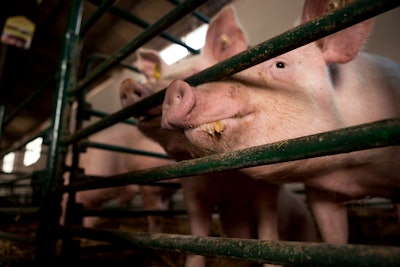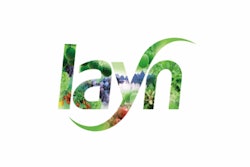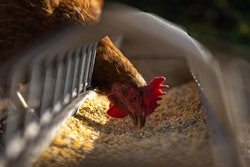
New research at Kansas State University is demonstrating the risk of spreading a deadly animal virus through feed can be effectively reduced through using different feed additives.
The K-State research team, headed by Megan Niederwerder, assistant professor of diagnostic medicine and pathobiology in the College of Veterinary Medicine, has just published a new study, “Mitigating the risk of African swine fever virus in feed with antiviral chemical additives,” in the scientific journal Transboundary and Emerging Diseases.

“Over the last two years, ASF is estimated to be responsible for the death of at least 25% of the world’s pig population due to the emergence of the virus within China and subsequent spread to over 10 other Asian countries,” Niederwerder says. “In 2019, we published the first report of ASF virus, or ASFV, transmission through the natural consumption of plant-based feed. Our subsequent work has focused on mitigation of ASFV in feed through the use of chemical feed additives and heat treatment.”
Although feed additives have historically been used to reduce the risk of bacterial contamination in feed, research thus far has not reported efficacy for the inactivation of ASFV in feed ingredients.
Niederwerder said there are currently no commercially available vaccines and no effective treatments that can be administered to pigs for ameliorating disease caused by the virus. Control of ASF, therefore, is focused on biosecurity measures to prevent the introduction of the virus into negative countries or negative farms and regions within a positive country. The other method of containment would involve large-scale culling of infected or high-risk animals to contain the spread of the virus.
“Our new research reports novel data evaluating the efficacy of feed additives on inactivating ASFV in an in vitro cell culture model and a feed ingredient transoceanic shipment model,” Niederwerder explains. “This will provide valuable information to the swine industry with regards to mitigating the risk of potential routes for introduction and transmission of ASFV through feed and ingredients.”
Niederwerder and her team examined two different classes of liquid feed additives, including a medium-chain fatty acid-based additive and a formaldehyde-based additive, for efficacy against ASFV in cell culture and in feed ingredients.
In general, both chemical additives demonstrated evidence of reducing the virus infectivity, with data supporting dose-dependent efficacy.
While the results of the study are promising, Niederwerder emphasized the need for a multifaceted approach to reducing the risk of ASFV in feed, including sourcing ingredients from countries without the virus when possible, applying holding times to high-risk ingredients and implementing consistent biosecurity protocols at the feed mill. ■
Information provided by Kansas State University/K-State News.
ASF On-demand webinar available
The Feed & Grain LIVE webinar, “Analyzing an Epidemic: African Swine Fever,” with speaker Michael Nepveux of the American Farm Bureau Federation is now available for free on-demand at live.feedandgrain.com.
Related Reading:


















